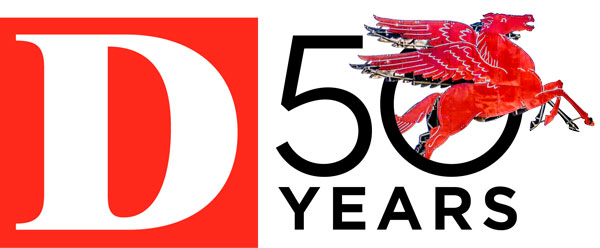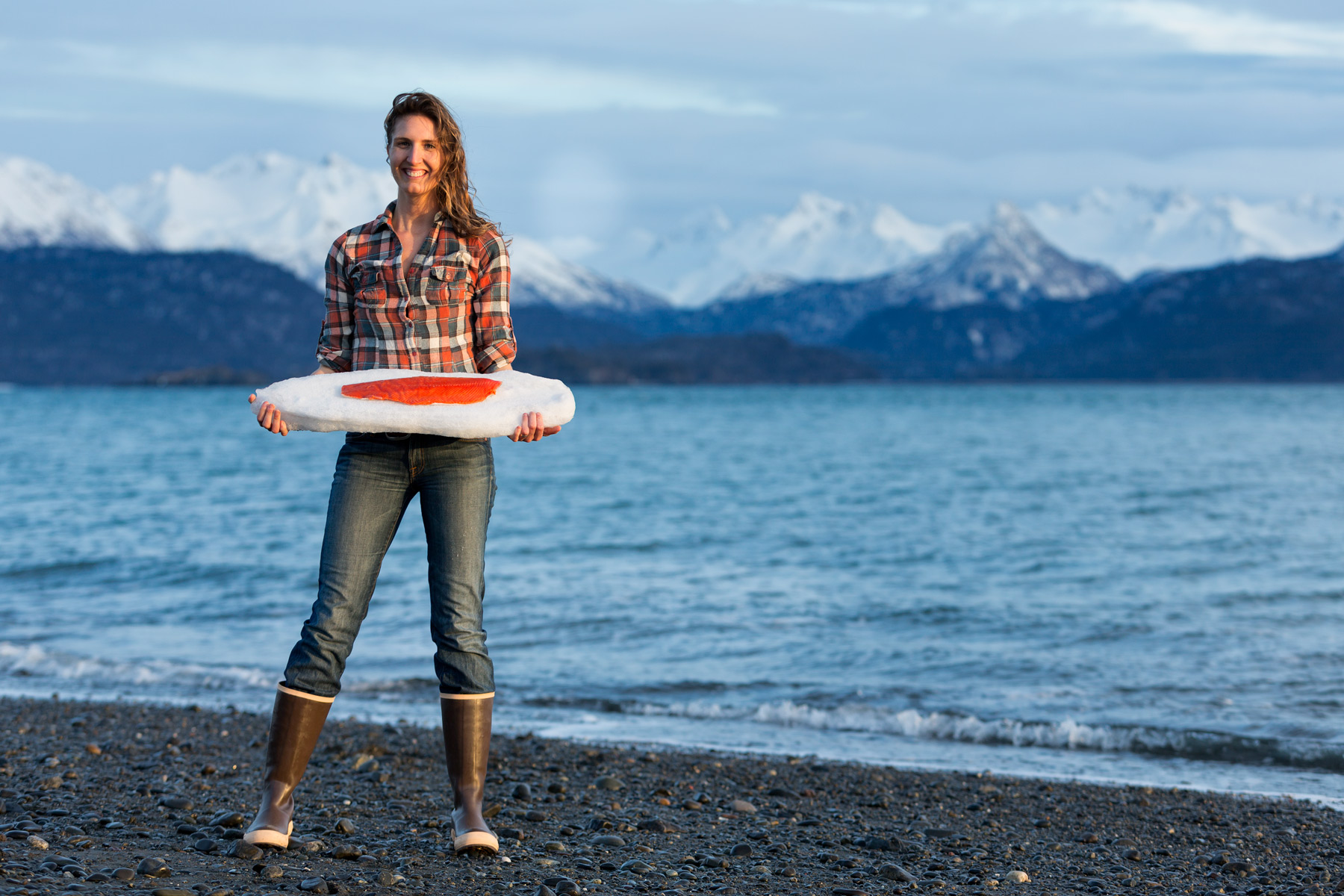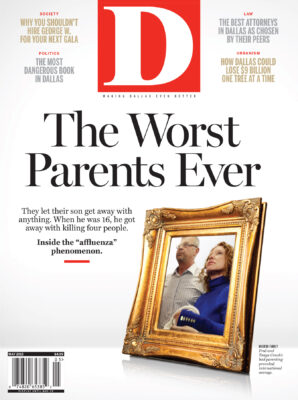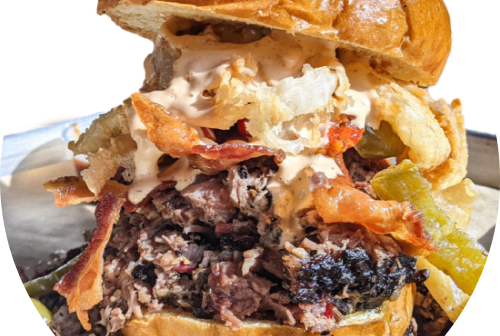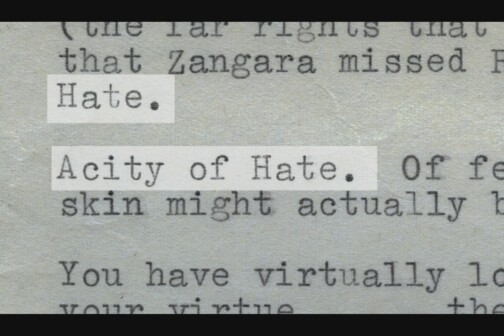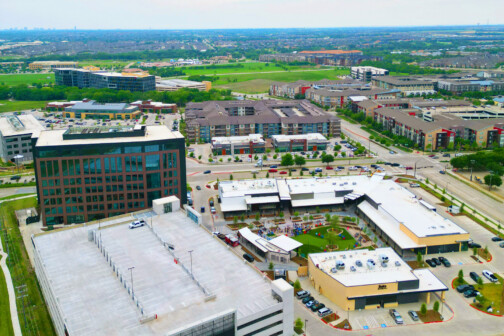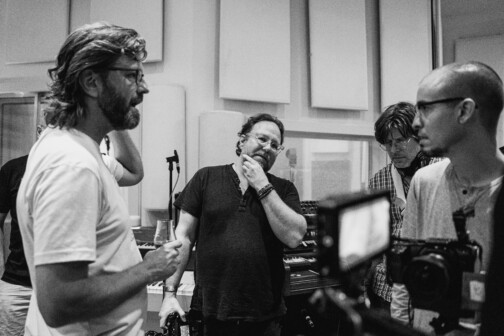“I used to be vegan before moving to Homer,” Maddie O’Laire says when I ask about the biggest difference between growing up in Dallas and living in Alaska. We’re at a coffee shop in downtown Dallas. She’s back in town visiting family. “Now I’m handling moose hearts with my bare hands. This one time, my husband shot a moose in our front yard.” Her blue eyes widen as she hurriedly adds: “To eat!” She wants to clarify that it wasn’t just a trophy kill.
O’Laire graduated from Highland Park High School in 2005 and then from Loyola University in Baltimore in 2009 with a B.A. in communication and a minor in business. Two weeks after walking the stage at graduation, she moved overseas to teach English in Thailand and explore Southeast Asia. Which is, actually, how O’Laire wound up in Alaska. While traveling in Nepal, she met a father and son who were fishermen in Homer.
“It sounded pretty cool,” she says, her hands perched in her lap atop a handmade skirt adorned with cutouts of a cross-country skier, a spruce tree, and a crescent moon from repurposed wool sweaters.
After her overseas teaching contract expired, O’Laire headed back to Dallas to “see if it would work.” But it didn’t take. She packed her bags, bought a one-way plane ticket, and headed north to Homer, where she took a job as a waitress at a casual, home-style restaurant called Cosmic Kitchen. Soon after, she met her husband, Michael, a carpenter and commercial fisherman who grew up in Bellingham, Washington.
“I would always bring salmon with me when I came back to visit Dallas, and people were amazed by the flavor,” she says.
At the end of 2014, O’Laire launched Smart Source Seafood. It started as a small, private family-and-friends project but has grown into a full-time job. The company ships monthly shares of wild Alaska sockeye salmon—3, 5, or 10 pounds each, split into 6- to 8-ounce portions. There are also “fill your freezer” boxes available in 20-, 30-, 50-, and 75-pound options, priced between $16.50 and $19 per pound, depending on the size of the order. (Visit smartsourceseafood.com for a full price list.) The salmon is delivered to each customer’s doorstep via next-day air. And all of it is pulled from the nets of a 32-foot gillnetter fishing boat.
After it’s caught, all of Smart Source Seafood’s salmon is cooled using a Refrigerated Seawater (RSW) system. Once the salmon is brought to shore, it is filleted, vacuum packed, and blast frozen at minus 30 degrees Fahrenheit. O’Laire says that unlike farmed salmon, which can be pumped full of hormones and artificial pigments, fresh-caught Alaskan sockeye is all natural and, as a result, tastes better. “As happy as I am that salmon is available in Dallas,” she says, “farmed salmon is giving wild Alaskan salmon a bad rap.”
It’s almost time to start fishing. Salmon season starts as early as May and runs until August. But they exclusively fish for sockeye, and that’s a much tighter window—early June through July. O’Laire is fine with a little pressure, since the rest of the year makes up for it.
“I wanted to go to a place where I could escape the 9 to 5, and Homer is a place where I can do that,” she says. “Sometimes I’m not sure if I’m going to have a paycheck, but the tradeoff is this sense of freedom, and it’s liberating.”
